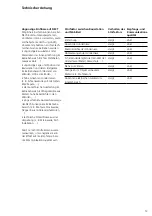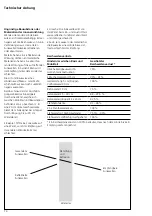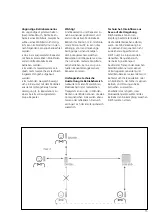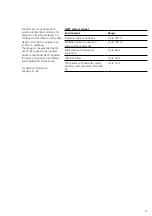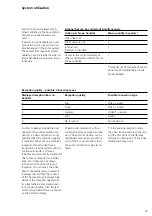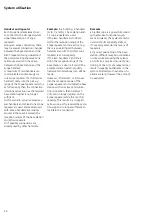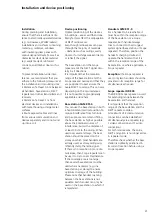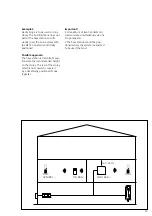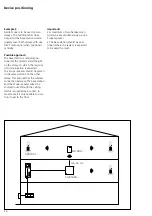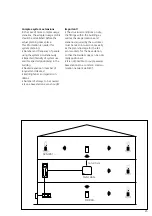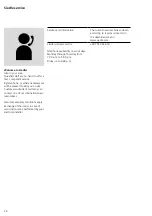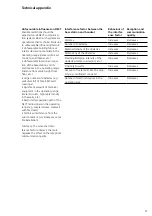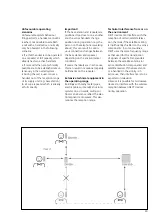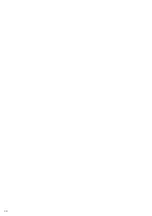
27
Technical appendix
Unfavourable influences on DECT
Possible restrictions should be
expected on all DECT communica
-
tion systems when such systems are
operated at their technical limits due
to unfavourable influencing factors:
•
Unfavourable building fabric or
interior decoration materials in the
operating range (dense reinforced
concrete, solid timber, etc.)
•
Unfavourable location and posi
-
tion of the base station and its
end devices in the operating range
(distance from walls, height from
floor, etc.).
•
Large number of obstacles (e.g.
wall units full of files, EMC wall
coverings)
•
Significant amount of technical
equipment in the operating range
(metal air ducts, high cable density
in the walls, etc.)
• Restricted propagation path of the
DECT radio signals in the operating
range (e.g. several storeys, stairwell
with fire doors)
• Technical interference from the
environment (e.g. microwaves, satel-
lite installation)
Summary: The more that inter
-
ference factors interact, the more
negative the effect on the reception/
communication quality.
Interference factor between the
base station and handset
Behaviour of
the interfer-
ence factor
Reception and
communication
quality
Distance
Increases
Decreases
Number of obstacles
Increases
Decreases
Material density of the obstacles
Increases
Decreases
Dimensions of the obstacles
Increases
Decreases
Shielding/damping intensity of the
obstacles (metal, solid wood, etc.).
Increases
Decreases
Proximity to walls
Increases
Decreases
Amount of metal built into the prop
-
erty (e.g. reinforced concrete)
Increases
Decreases
Number of electrical devices in the
operating area
Increases
Decreases

